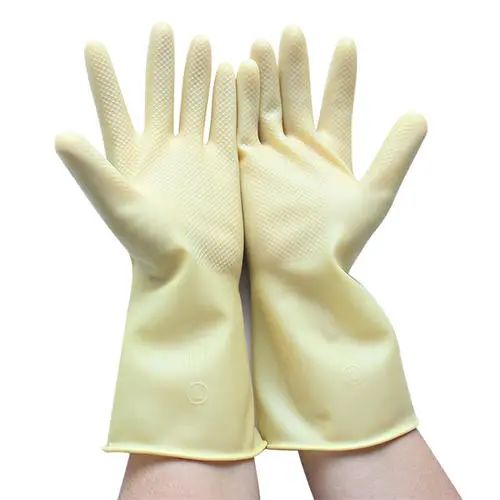The outermost layer of leather material is taken from the skin of leather, which does not require any mechanical processing and finishing. Advantages of the first layer gloves: dexterous operation, comfort and precise grasping performance.
2. Double skin
For labor protection gloves, the inner layer of leather is obtained by cutting or removing the outer layer of leather. Advantages of two-layer leather gloves: wear-resistant, suitable for heavy physical labor. The variety of dermis and its advantages.
3. Cowhide
Cow hide: Most protective gloves use cowhide, which is mainly scraped from the ribs. Features: soft, dexterous, comfortable and good wear resistance, tear resistance and puncture resistance.
Cow split leather: Most gloves made of split leather are used for carrying and heat protection. Usually, the cow back split leather is used, but the shoulder part is less used, and the rib split leather is of poor quality, so it is rarely used. Features: The cost is lower than that of cowhide, and the wear resistance is excellent.
4. Goatskin
Single skin layer: its ordinary thickness can not pull out two layers of skin, and its advantage is that it is lighter than cow skin. Because it uses the original thickness, it is suitable for making gloves with good mechanical resistance. Because the fiber is not cut, its abrasion resistance and puncture resistance are enhanced. If it is blended, it will have better contact effect. Features: soft, dexterous, good wear resistance, tear resistance, puncture resistance. Its abrasion resistance depends on the thickness of leather, and the commonly used thickness is 1.1-1.3MM (good mechanical property) or 0.6-1.0MM (good flexibility and dexterity).

5. Pigskin
The first and second layers of pig skin: most of them are concentrated in Asian countries. Because of its poor mechanical resistance and poor dexterity after mixing, they are used as gloves with simple isolation effect. Features: Low price.

6. Lambskin
Single layer leather: because of its poor wear resistance and tear resistance, it is usually only used to make ordinary gloves. The thickness of lambskin is in direct proportion to its dexterity. The thinner you wear it, the more dexterous and comfortable you will be. Features: Soft and dexterous.
picture
7. Waterproof leather
It is treated with mineral oil or fluorinated resin to prevent water from entering. This treatment can improve the mechanical property of leather to make it more wear-resistant, increase the comfort (softness) and flexibility (tactility) of gloves, and prolong the service life.
